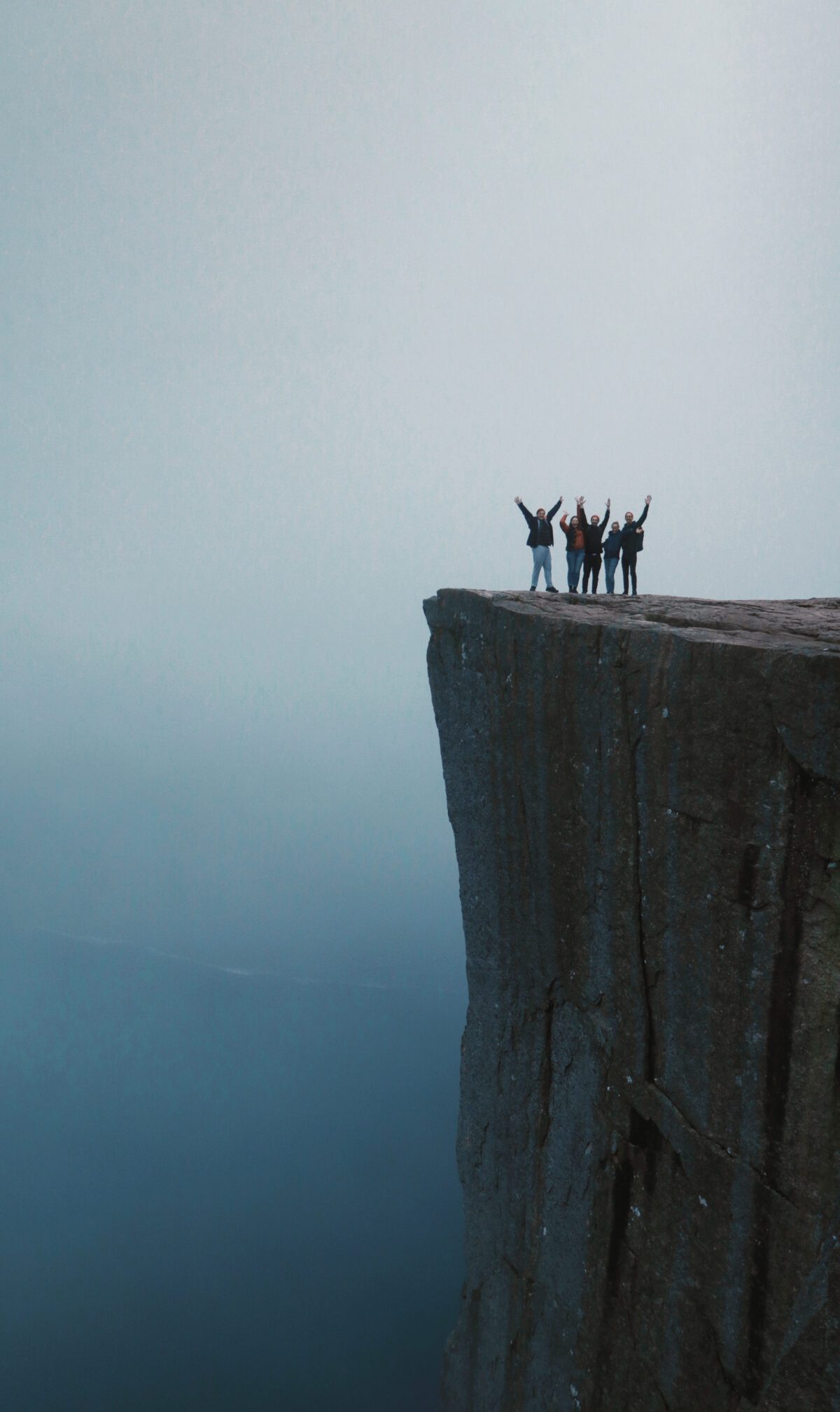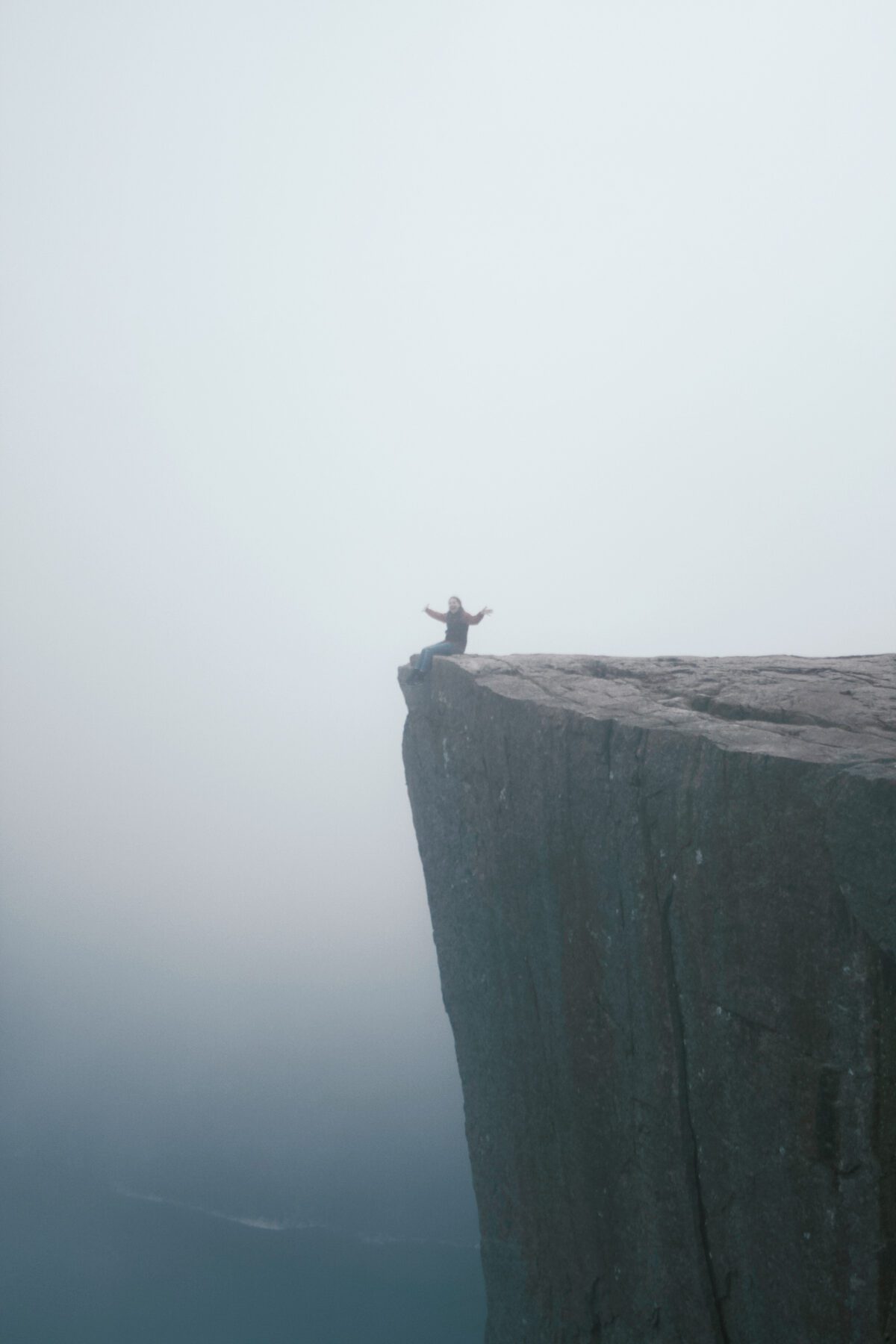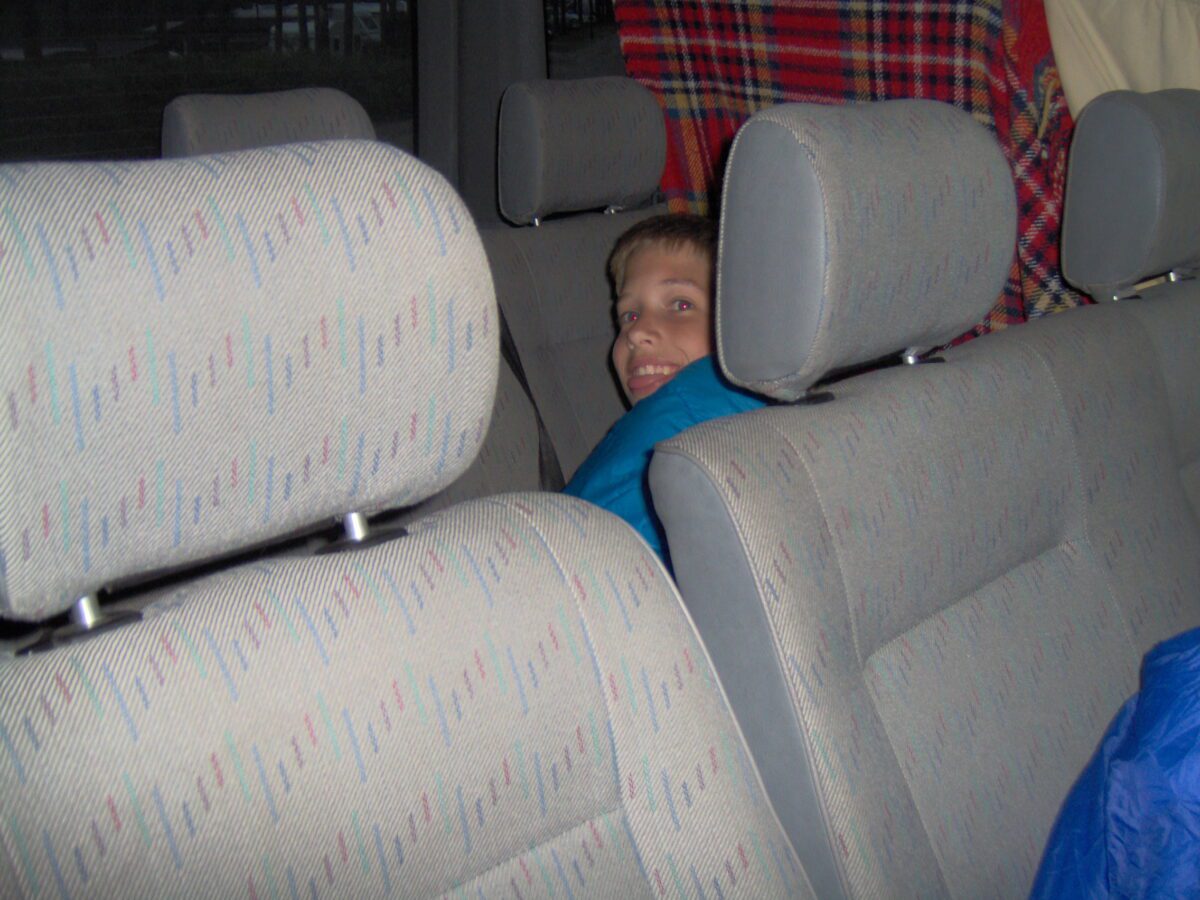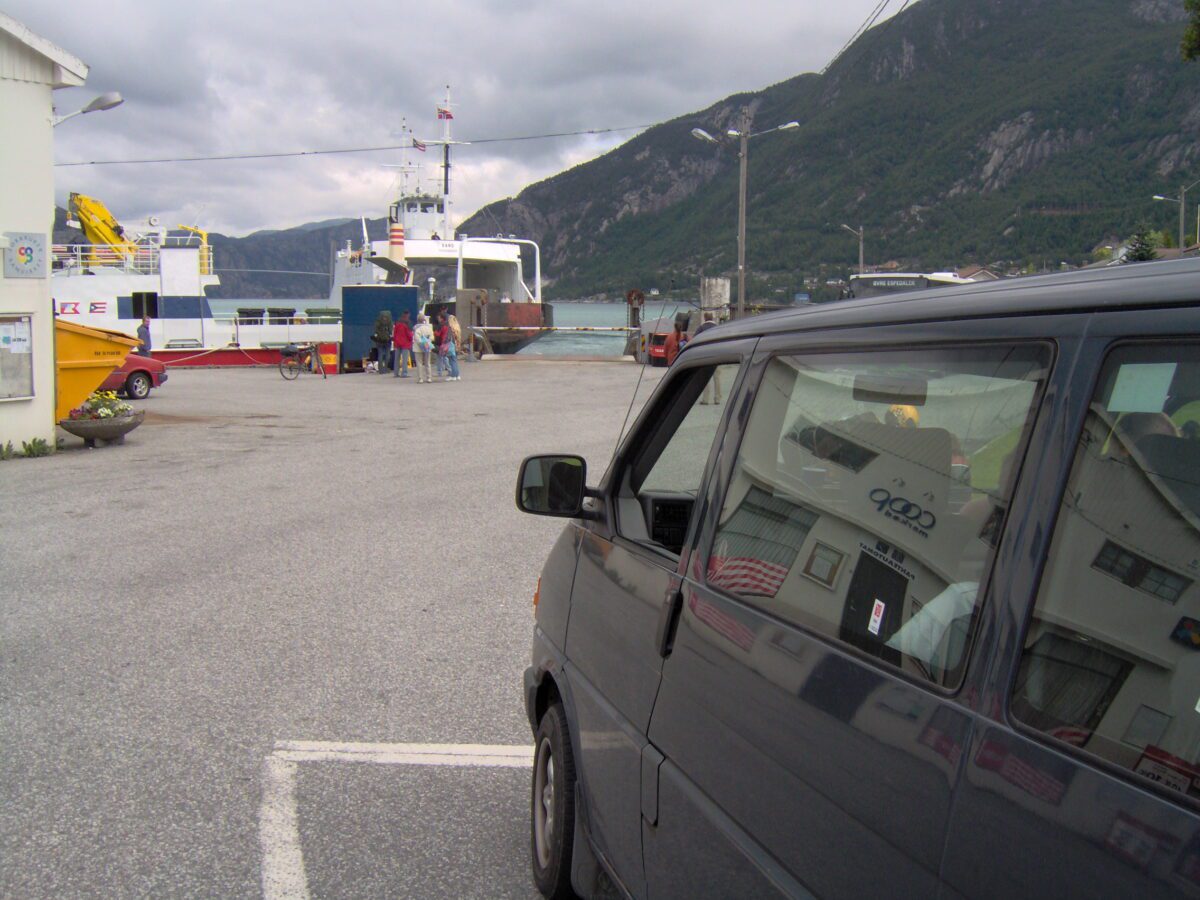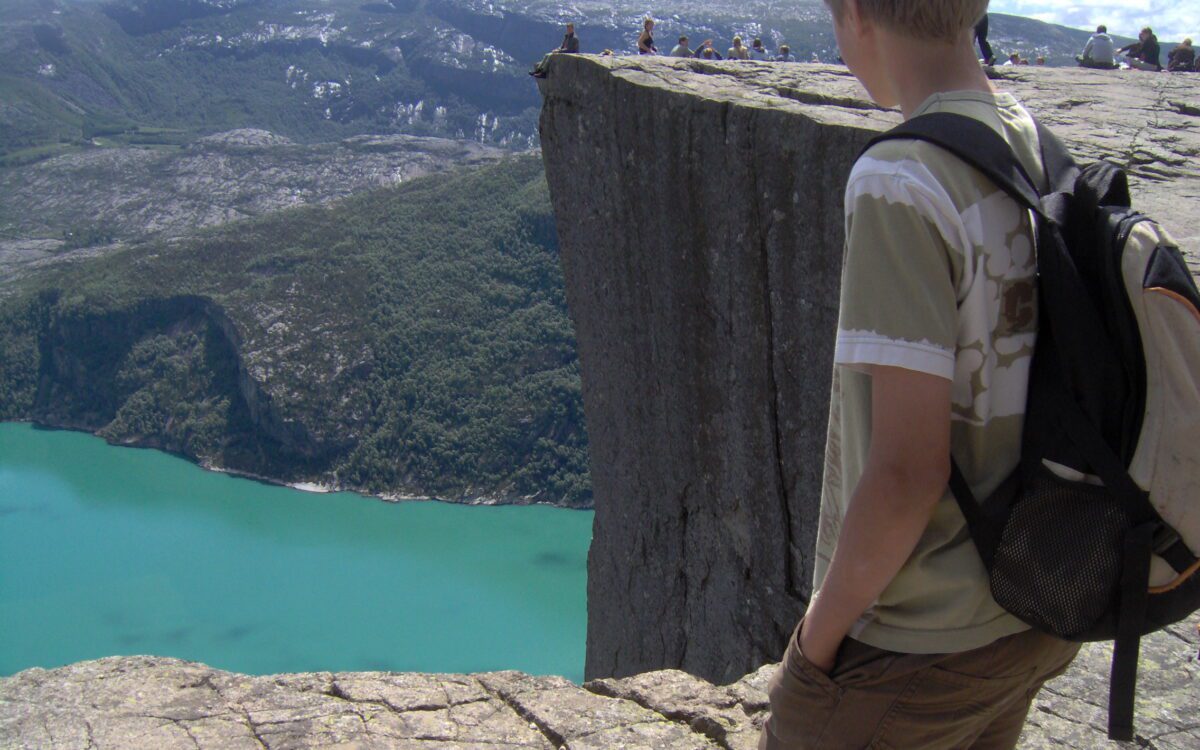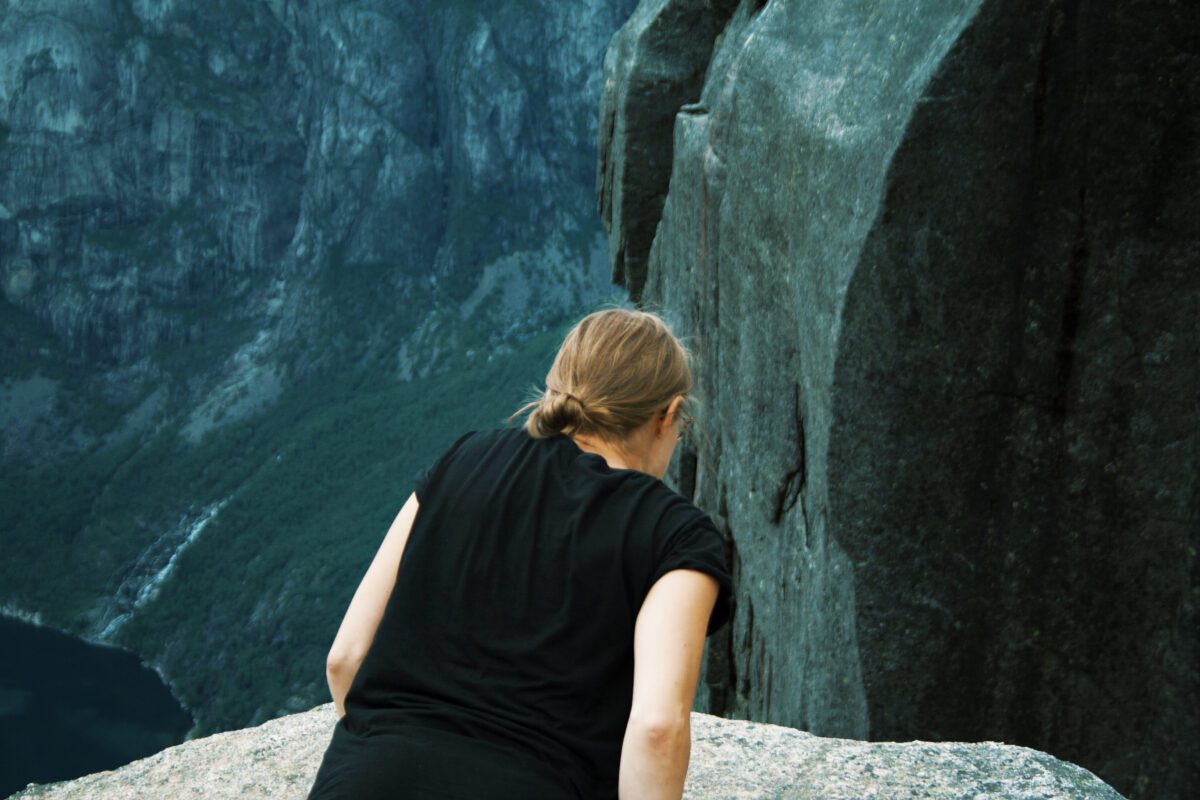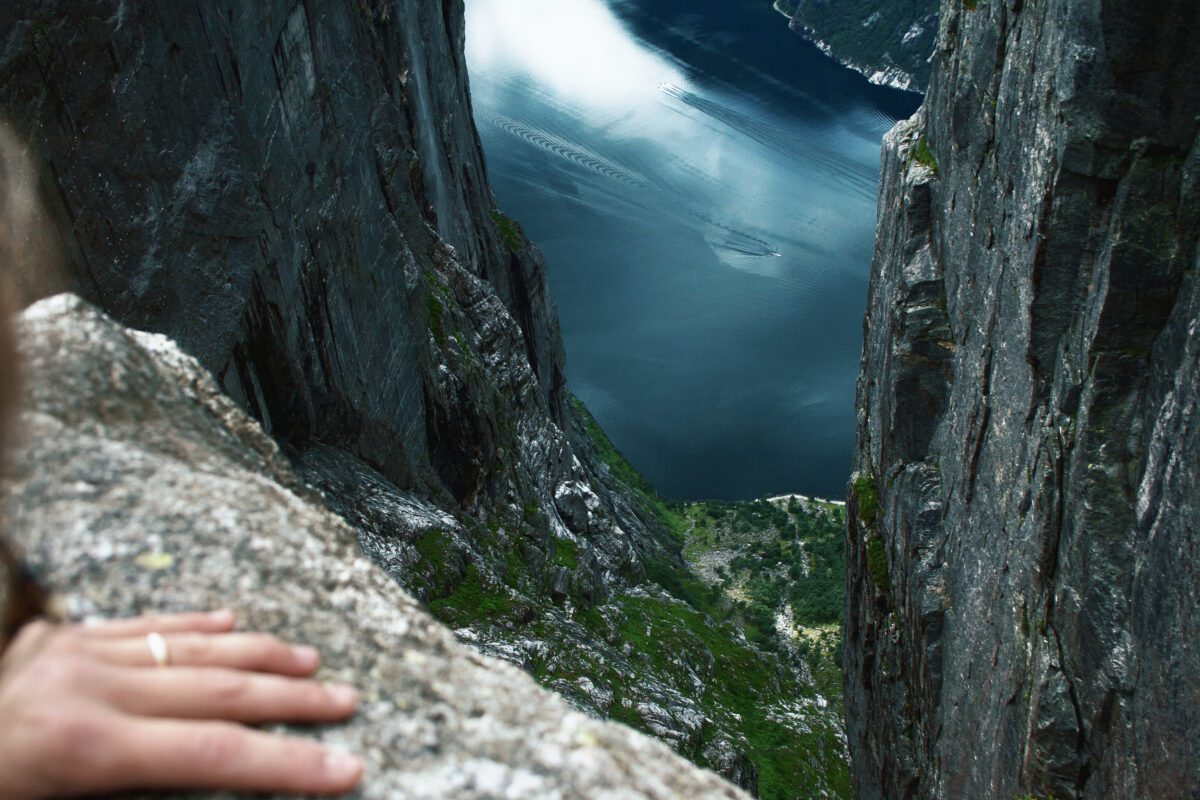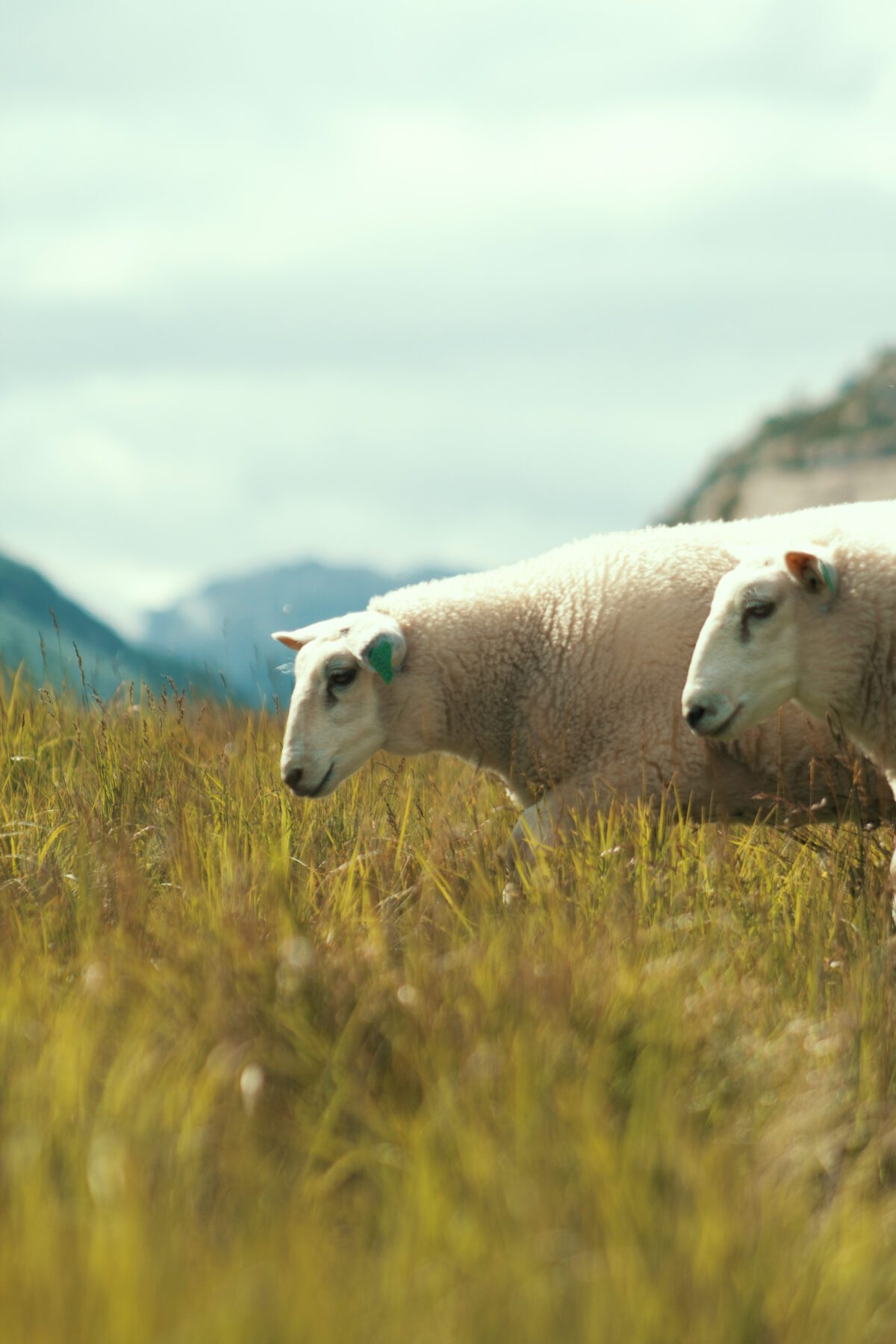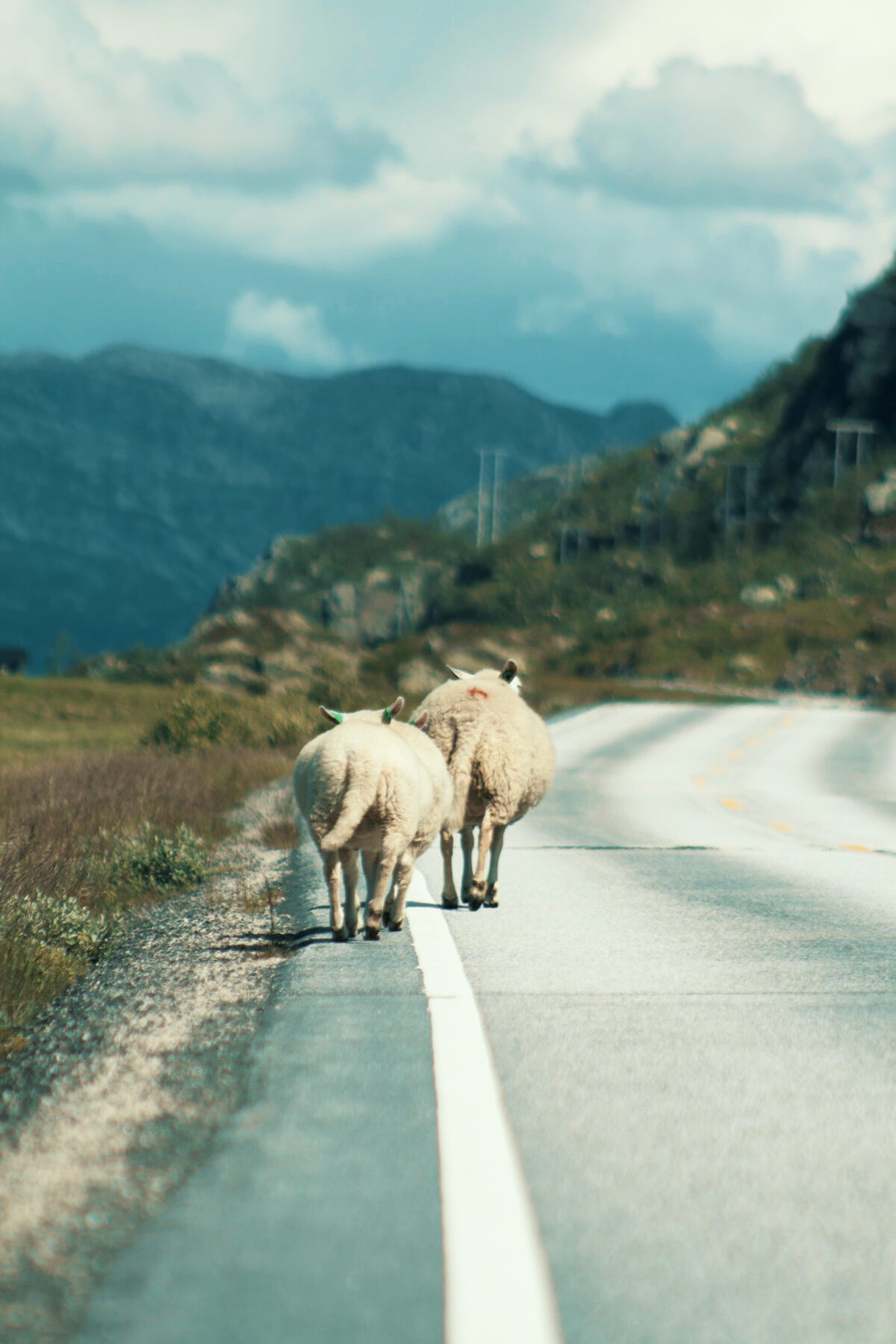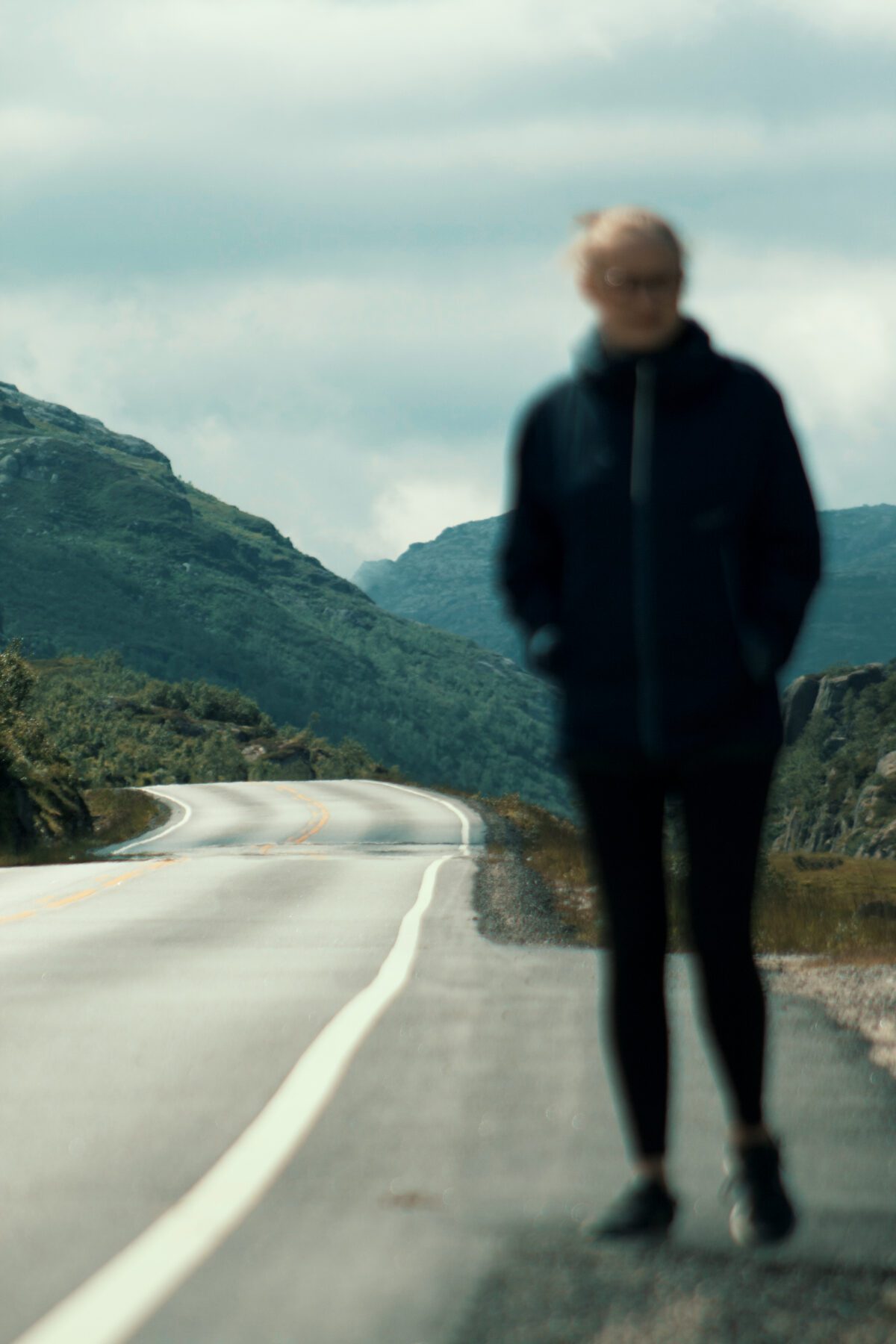Primal Fear Calling Out — A Guide to Lysefjorden
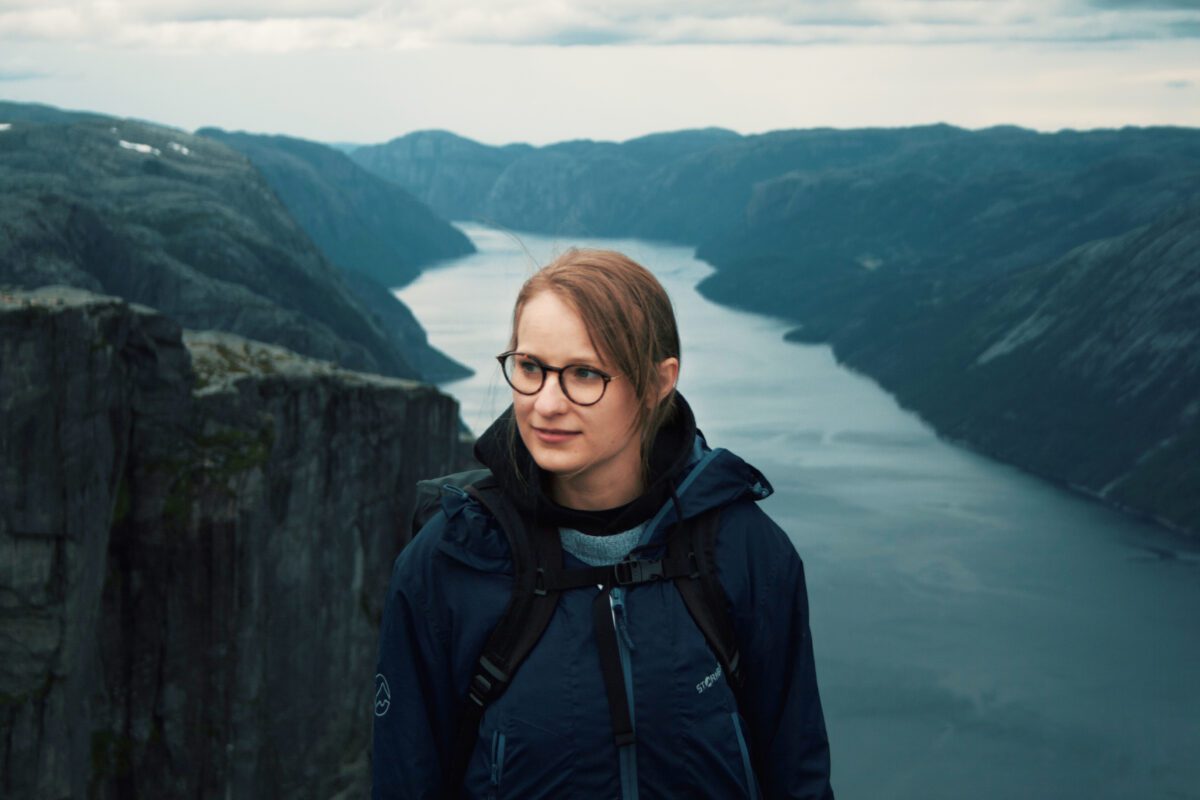
Up, up, up. Anticipation is building. We’re only one ridge away from what we’re waiting for. Then we crest it, and the fjord spreads out far below us. Dots of summer clouds float above their own mirrored reflections, cast off the perfectly quiet, rich turquoise fjord water. We have arrived at the Pulpit Rock. And this, my first experience of Lysefjorden marked me for life.
- Jump to chapter:
- The Pulpit Rock / Preikestolen
- The Kjerag Bolt / Kjeragbolten
- The Kjerag Plateau and Nesatiden
- The Road There — Brokke–Suleskard
The most iconic fjord in Norway
I might be biased when claiming it as the most iconic fjord in Norway. Four hours of narrow winding mountain roads away from my parents’ home on the South Coast, this is the fjord closest to home for me. But hear me out.
Many fjords are gorgeous. Many are lush and green. But iconicity is something else. Sharp corners, barren rock, violent heights, make for features that stand out among the green lush forest that ride the lower slopes of the fjords.
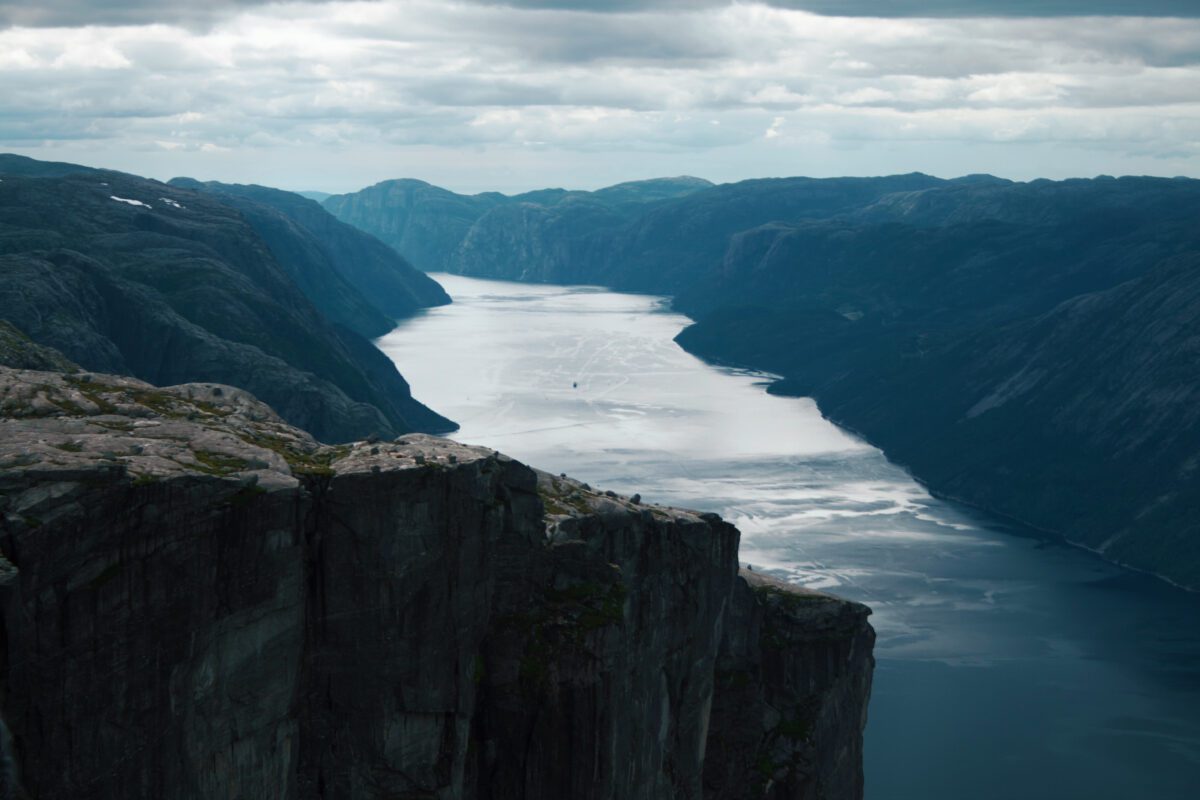
From standing almost a kilometer above fjord level on a boulder stuck between two sheer cliff faces, to peering down from a 600m high plateau that protrudes like a triangle from the fjord wall, the Lysefjord offers some of the wildest, harshest vistas of Norwegian nature.
Put the iconicity to the test: Ask any Norwegian what Norwegian natural feature the two following icons represent, and I’m sure they’ll reply pretty quickly — Preikestolen and Kjeragbolten. Yes, those are the Norwegian names of the features.

The Path to Light — etymology of the fjord
The word fjord comes from the same root as ford, and originally meant the path you take to get somewhere. While I couldn’t find particular etymology on the place-name Lyse, in modern Norwegian it means light. I’d gladly stand corrected in if you have expertise on the subject.
I have gone the Path of Light five times at the time of writing this article — visited Kjerag twice, and the Pulpit Rock thrice — and through this article I want to bring you along to these locations, one by one. Let’s start with the triangular icon.
The Pulpit Rock / Preikestolen — Norway’s most iconic feature
Height: 604m / 1,982 ft
Estimated Hiking Time: 2h each way
Difficulty: Pretty chill

If you follow any kind of travelgrams, or watched Mission: Impossible – Fallout, you can’t have missed it. The triangular, gigantic shelf that protrudes out of a straight cliff face plummeting 604m (1,982 ft) straight to fjord level.
“Every single time I go there I dream of falling the night after.”
Hiking up the north side of the west-to-east cutting fjord, the two-hour hike is a steady ascent until the fjord finally reveals itself. After staring into the alluring unattainable vista of the fjord, you round a corner and enter the plateau from the side (this is the most common route). The most daring of might want to stand on the edge, feeling that close brush with death, or dangle our feet as we sit down, death at a comfortable thigh’s length.
Like our good, fearless friend Keely in 2019.
If you want more pictures of the place, we put together a collection of Unsplash photos from Preikestolen.
The urban legend that belongs to the Rock, is the following: A gang of people grilling sausages near the plateau (very Norwegian thing to do on hikes). One sausage gets burned. They throw it over the edge. Their dog, too focused on sausage to think, follows it over the edge. Hopefully it’s all just an urban legend. I can hear the slowly fading howl in my mind, and it terrifies me.
The question of death toll often comes up when talking about a ledge-free 600m plateau that carries a jaw-dropping 300,000 tourists a year (roughly speaking — get exact facts somewhere else.) But despite this, there is only one recorded accident leading to death — not counting known suicides.
When you are at such heights, a primal fear awakens that you cannot experience by watching videos or photos.
Every single time I’ve gone, I dream of falling the night after. Or in the moments before I fall asleep I see myself leaning too far out and loosing my balance. When you are at such heights, a primal fear awakens (at least in most of us) that you cannot experience by watching videos or photos. You have to go there — and that’s the charm of it. All sense of adventure was not lost with the advent of social media. Being there IRL is something entirely else.
Kjeragbolten / the Kjerag Bolt — deeper into the fjord and higher up
Height: 984m / 3,228 ft
Estimated Hiking Time: 2,5h each way
Difficulty: Very hard in the beginning, very chill on top

I still have strong memories from this trip. Getting up at four in the morning. Driving across winding mountain roads in one fell five hour swoop, then descending a bit to the starting point of the Kjerag hike. The music we listened to on that trip still awakens my wanderlust, the memory of driving below cliffs unfathomable and slinking down roads unknown, still makes me want to go and be overwhelmed again. To be lost in the grandeur of nature.
And also, while stuck in a passing herd, a cow licked the mirror of our car on one of these trips — oh, the sweet memories.
“First time I went there, my dad put one foot on the rock, then, quivering with fear refused for us to get out on it.”
This first time we hiked the Kjerag Bolt, we almost couldn’t find it. It was getting late in both the season and the day, and there were incredibly few people up in the mountains. And the bolt itself is not a protruding feature — quite the opposite.
Tucked in a crack 984m (3,228 ft) above the Lysefjord, it leaves you with a relatively small chunk of rock between you and the abyss. First time I went there, my dad put one foot on the rock, then, quivering with fear refused for us to get out on it.
Many years later (2020), me and my wife went there alone, and we had to do it. To step out on it yourself is one thing — to see the most precious person in your life do 964m high airtime between the cliff and the rock, is pure horror. But we survived. Even worse, the narrow rock ledge you have to step to get out there, is worn slick by all the adventurers that step onto the bolt year after year.
While the Kjerag Bolt hosts a lot less tourists than the Pulpit Rock — about 70,000/y — one might expect the death toll to be higher, given the narrow ledge one has to traverse to get out. But, first of all, I don’t believe 70k people actually step onto the rock. Secondly, if you do, you are immensely careful. Something that is proven by the clean round number of zero. Zero deaths from this rock.
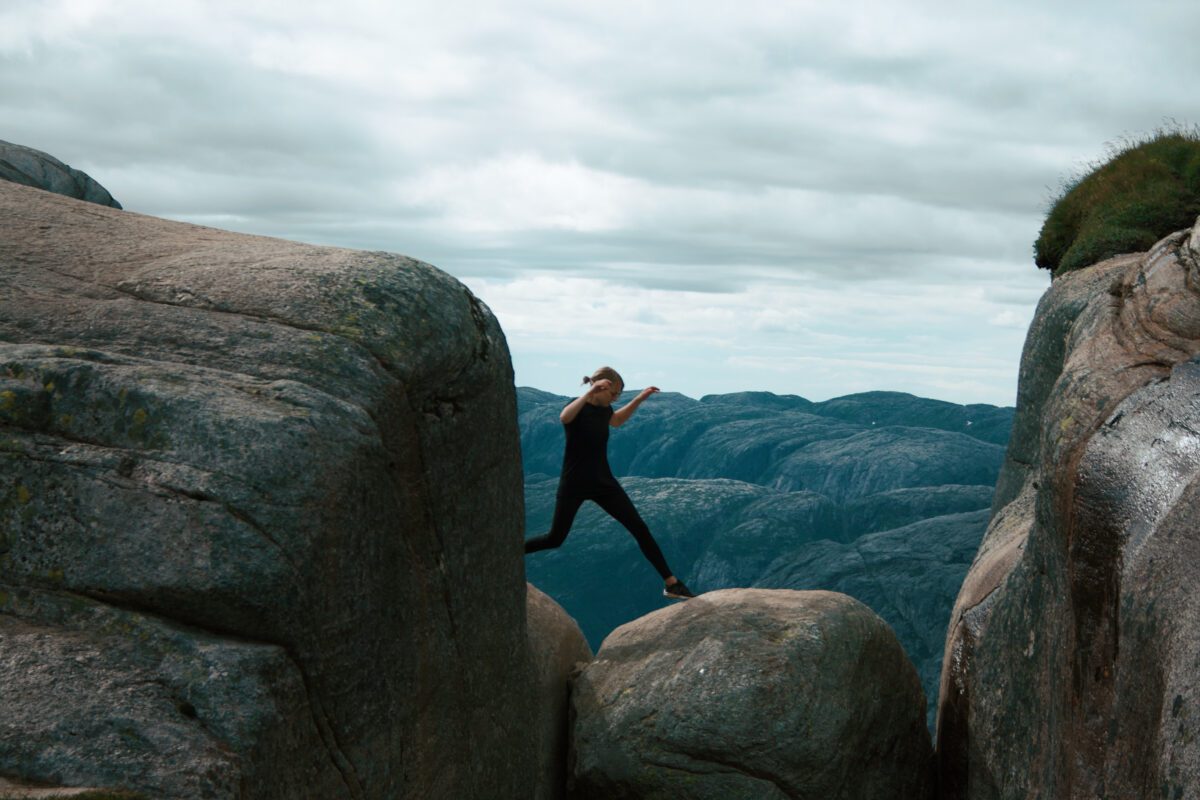
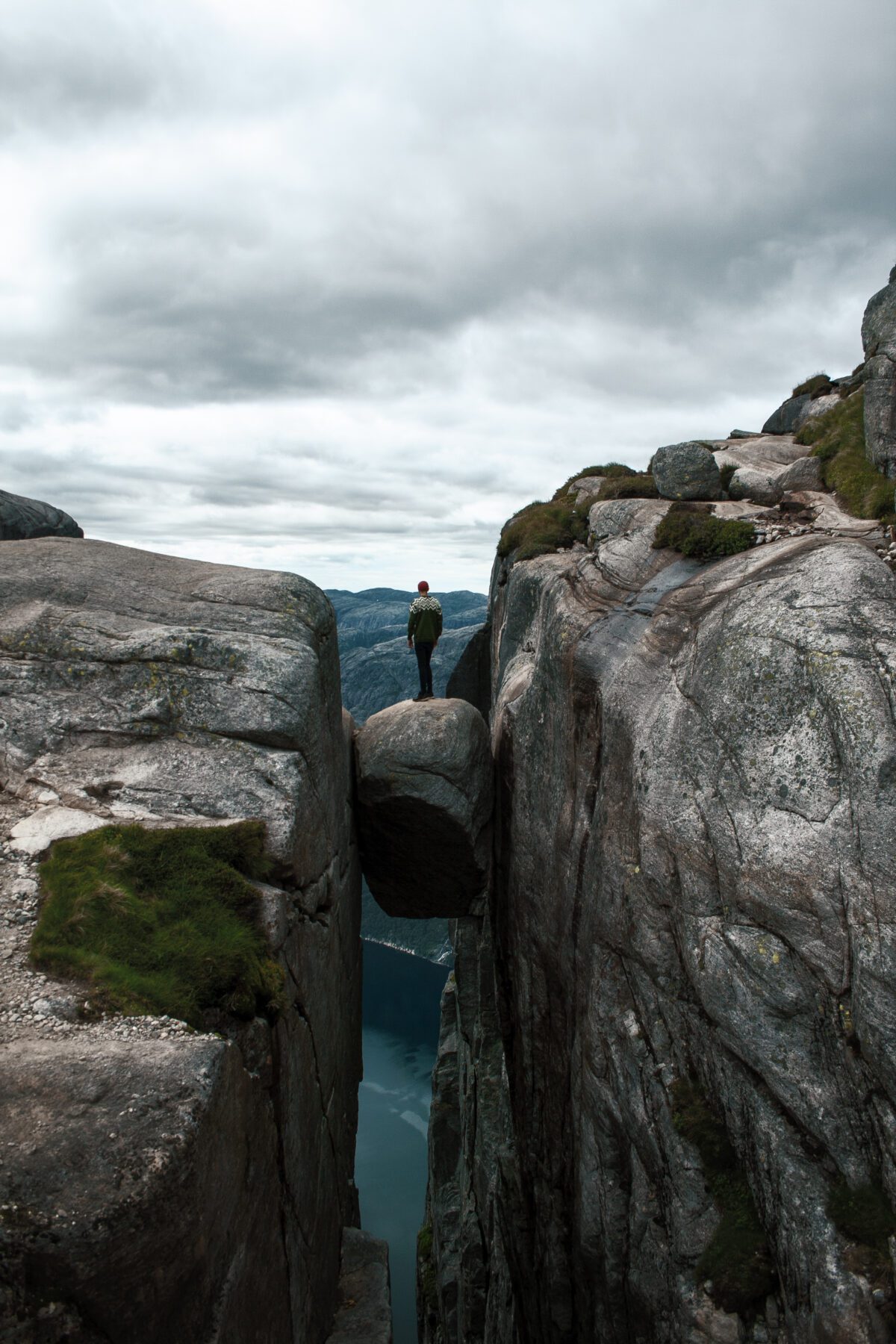
The Kjerag Plateau, Nesatinden and BASE jumping — just as impressive as the bolt
While the Pulpit Rock is way more impressive than the hike there, the same is not true for Kjerag. Instead of coming in from the north, the Kjerag hike goes parallel to the fjord. It is an awe inspiring stroll on top of the world.
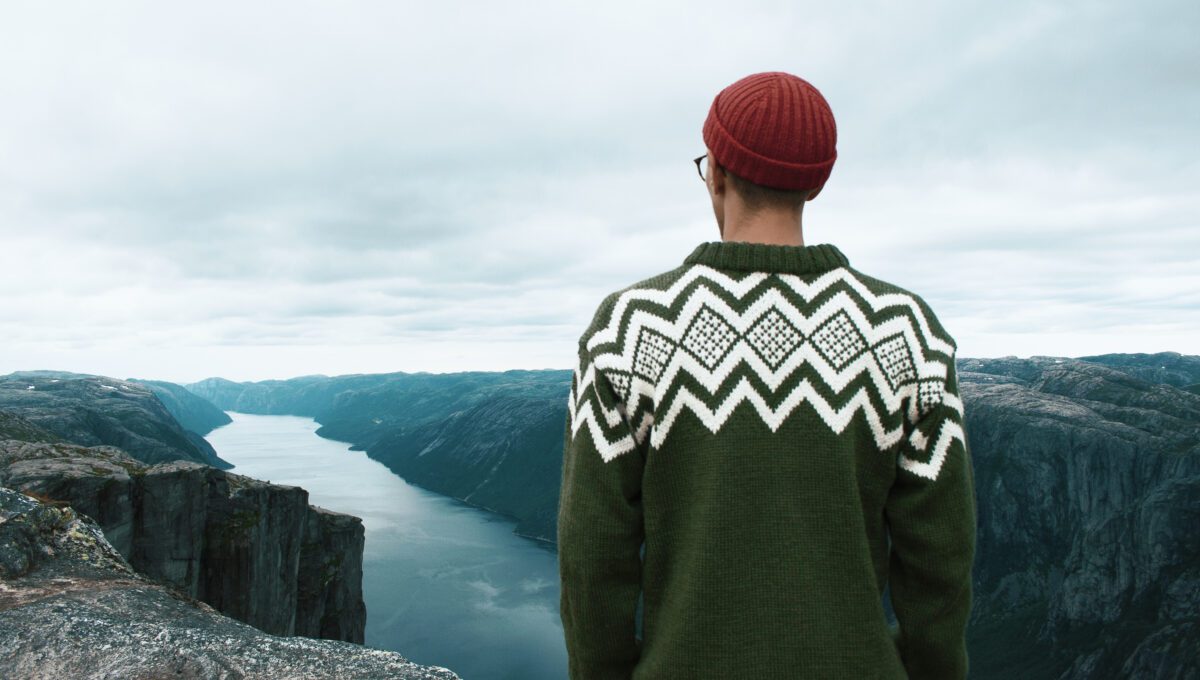
When you finally approach the Kjerag area, you must make sure to enter the rim of Nesatinden. From there you see the three iconic steps of the Kjerag Plateau, and a gorgeous open vista of the fjord. I saw BASE jumpers leap from the plateau both times I was there, so based on my experience there is a 2/2 chance you might see someone throw themselves off the cliffs like madmen.

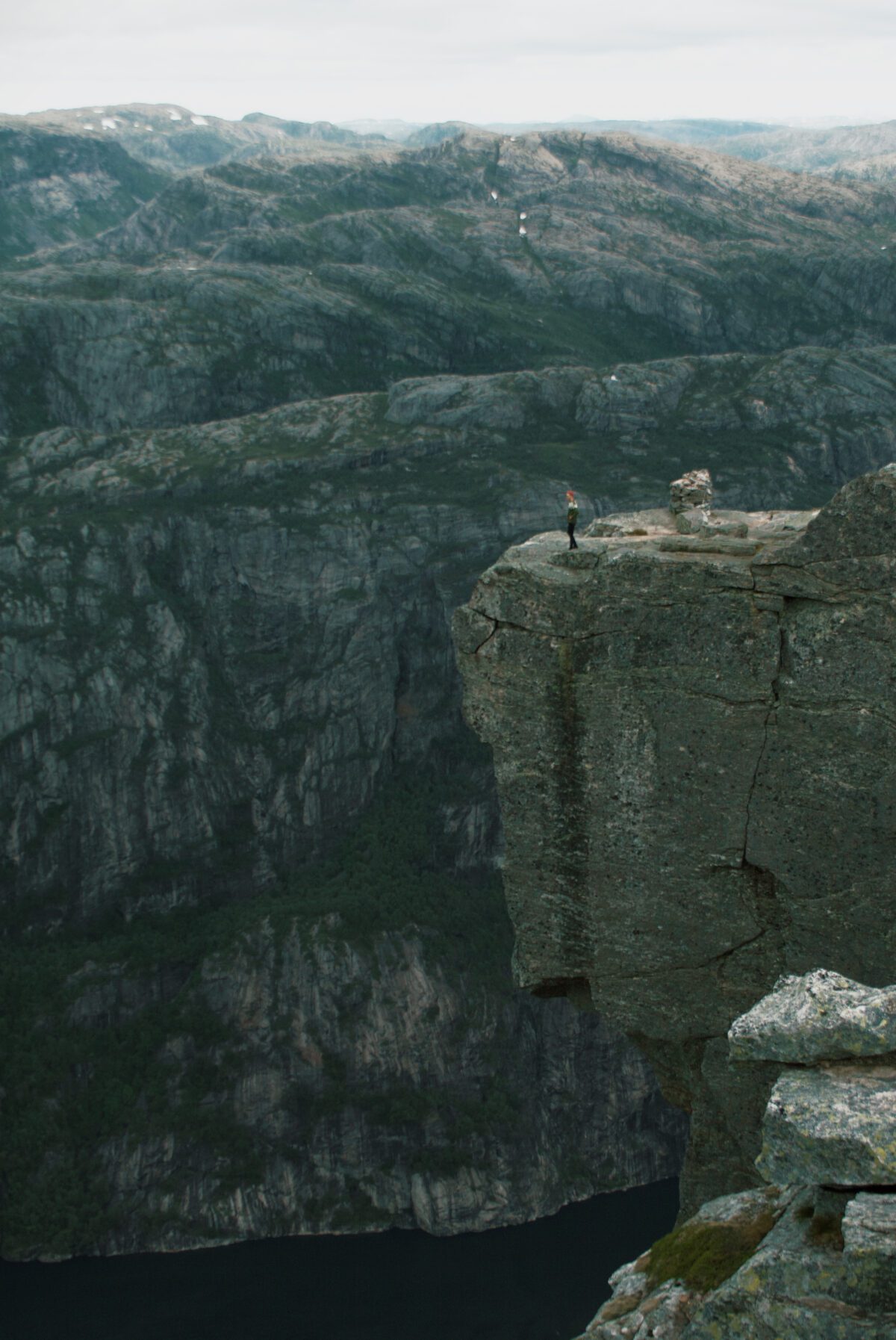
Brokke–Suleskard — the ice road to adventure
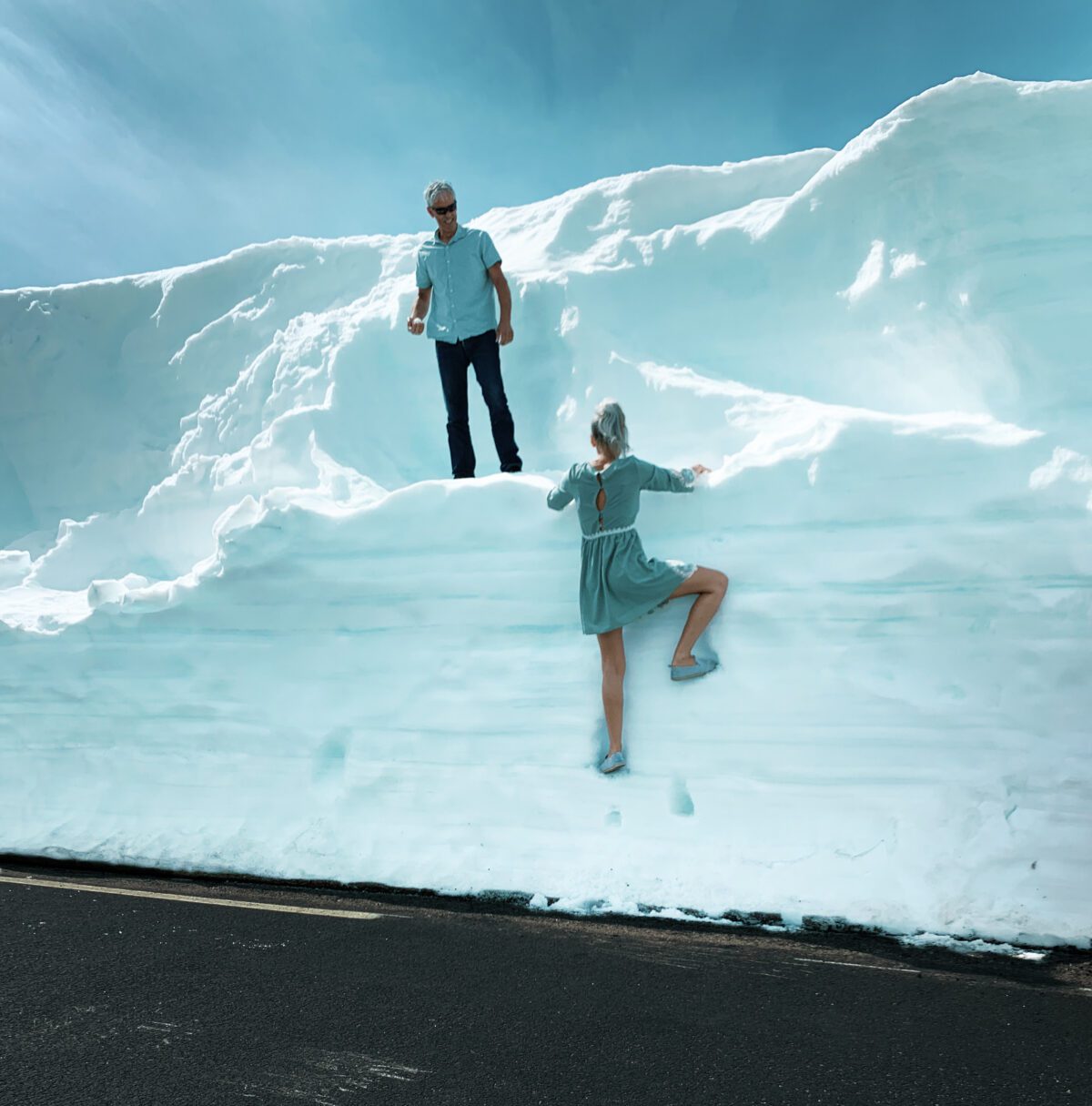
Ever since that fateful drive across the mountains in ’05 — the one that cemented the mountains so deeply into my psyche that they can’t be uprooted — I’ve loved this road. It is a beautiful stretch of road, that goes from Setesdalen, east of the Lysefjord, directly westward across the mountains. It is narrow, winding, high, and best of all, full of free roaming sheep.
When the winter-closed Suleskard-road open, early each spring, there are these massive residues of snow left from the plows. And all over the mountains, there are patches of snow that stay all summer through. It’s a very eerie feeling, when for the first time, as a Norwegian child, you can have a snowball fight in July.
From where my parents live on the South Coast, this is the best road to take. One could take the coastal highway around, but understand this: There is a highway, and then there is a high way. We always choose the highest one. In 2019, when we drove the 41 km from Brokke to Suleskard, with our friends, we managed to get a few high altitude shots that I believe captures the experience quite well.
Get in the fjord — enjoy wild, raw Norway
Walking on the top of the fjords, wind blowing unchallenged across the barren rock makes you feel alive. Photos can’t capture it, words can’t describe it. Make sure you don’t use this blogpost as a mere painkiller against your wanderlust. The lust is there to drive you outdoors so you can feel the burn in your muscles as you scale these mountains yourself.
If you have any questions or additions to this article, feel free to leave a comment, and we’ll answer to the best of our ability.
